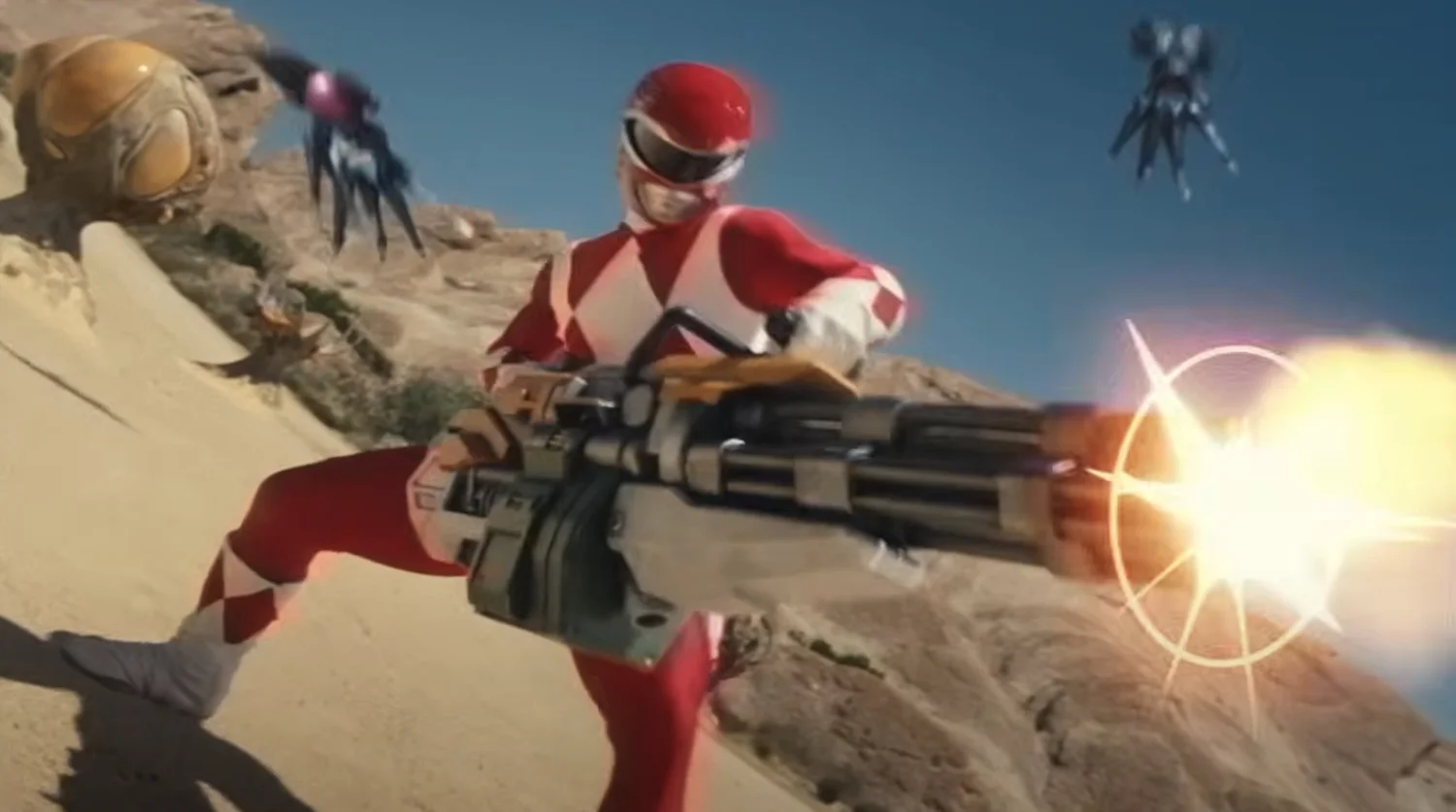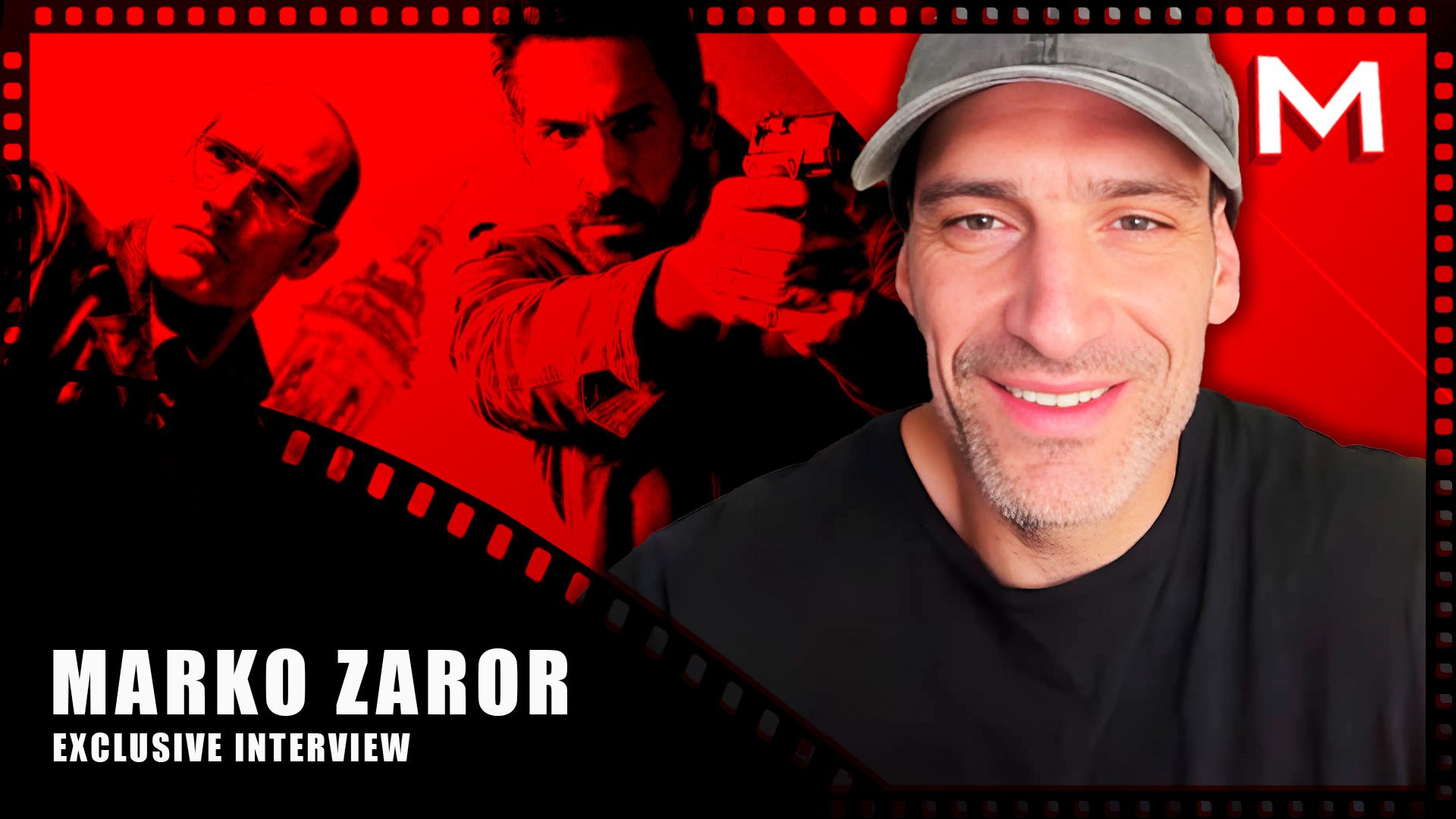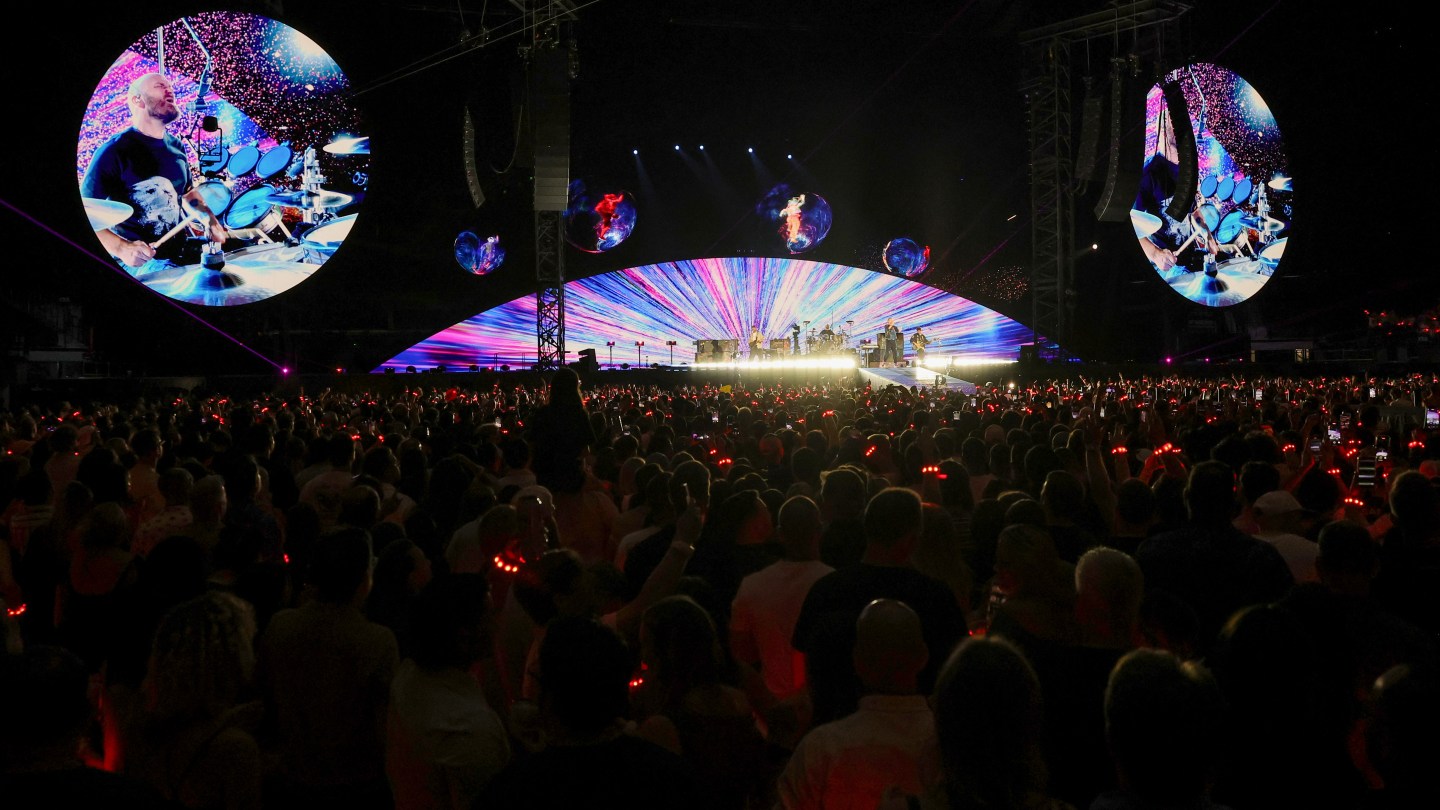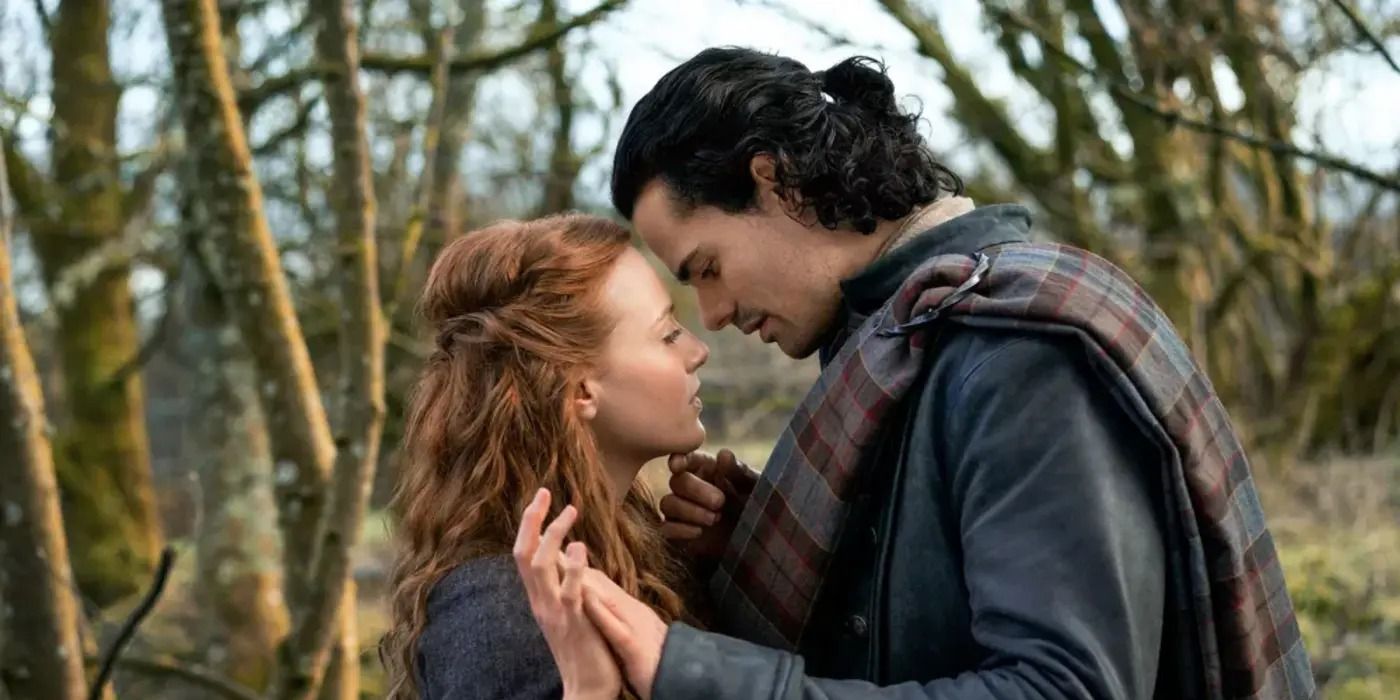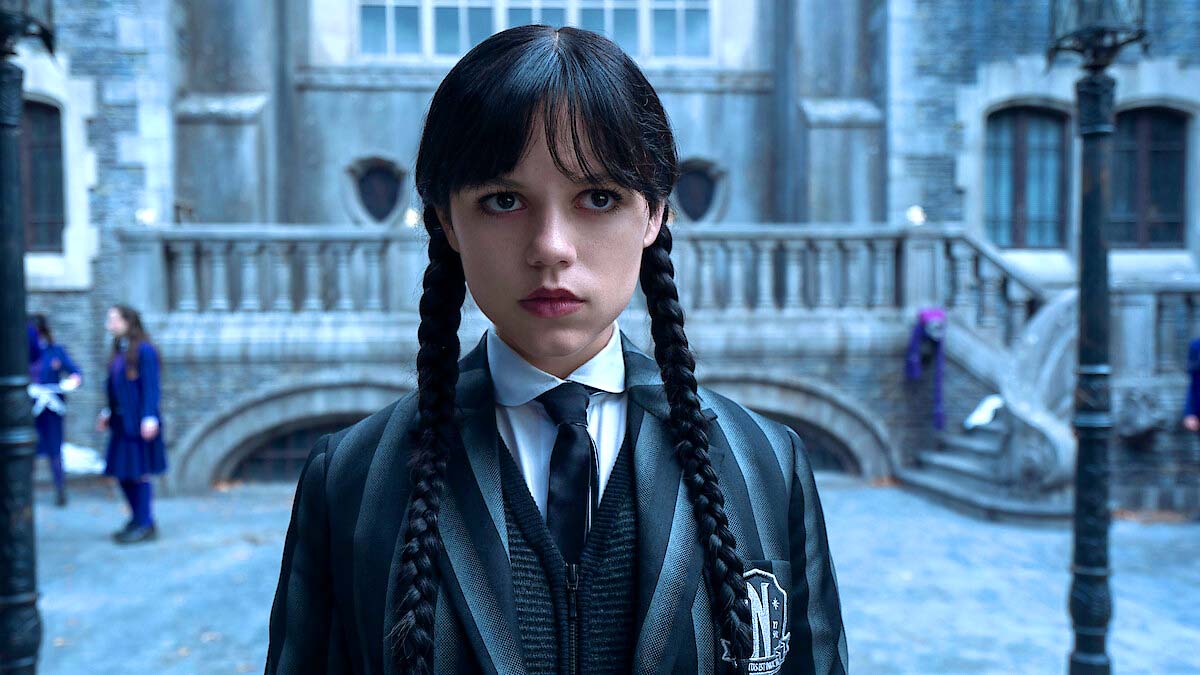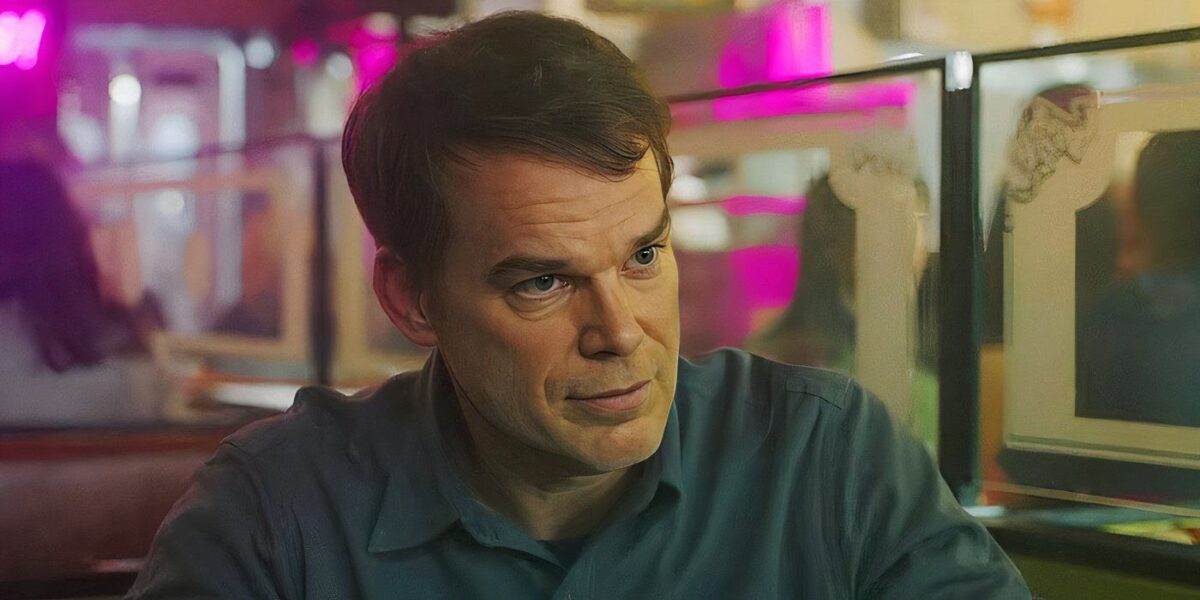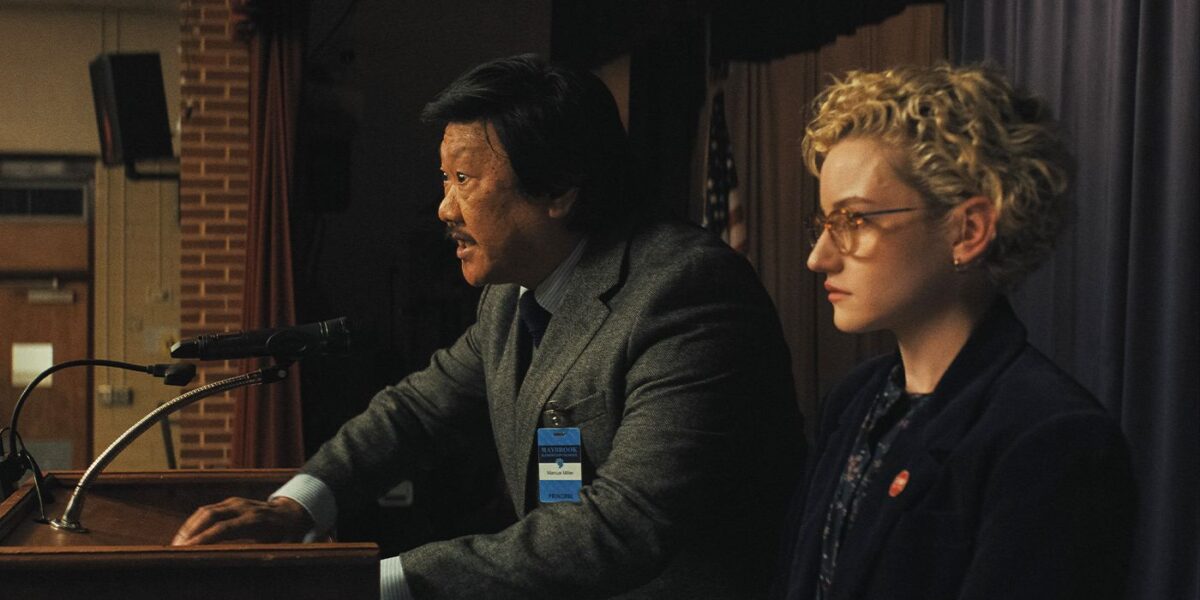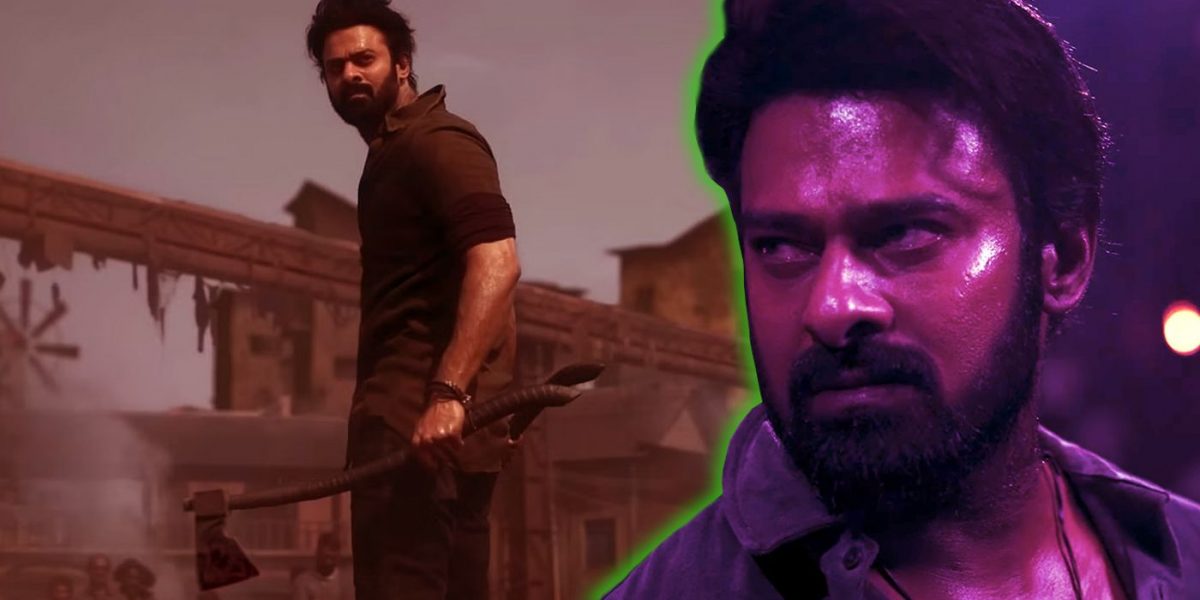
Salaar Perfects the Pan-Indian Blockbuster Formula
Jan 15, 2024
Summary
Salaar: Part 1 – Ceasefire is a Telugu blockbuster that captivates the audience with its immense visual splendor and adrenaline-fueled action. Director Prashanth Neel’s artistic sensibilities and understanding of Pan-Indian cinema elevate the film to near-mythical proportions. The complex political lore and well-defined cultural intricacies of the fictional country add depth and intrigue to the narrative, making Salaar a compelling cinematic experience.
The Telugu-language film Salaar: Part 1 – Ceasefire has become the latest action film out of India to capture the audience’s attention in a big way. As the movie brushes shoulders with the likes of RRR and Baahubali 2 at the box office records, it is hard to believe that this happened in the same year as the much-planned comeback of Bollywood legend Shah Rukh Khan. Released just a day after Dunki, Khan’s third film of 2023, the Telugu movie has proven to be a true Pan-Indian blockbuster, quietly pushing Dunki out of vogue.
While the enthusiasm of audiences towards the movie has been undeniable, critics tell a different story: Salaar essentially rehashes the plot of director Prashanth Neel’s debut work, Ugramm, throwing into the mix an elaborate, Game of Thrones-style political lore. Add to that the virtually nonstop blare of heart-pounding action, the ubersaturated audio-visual shackles dedicated to the glorification of the hero, and it makes for a difficult watch for anyone who yearns for balance and grace in storytelling.
Yet that’s hardly the kind of criticism that director Prashanth Neel loses sleep over. The man had earned recognition by his second film as a master of action cinema, and would candidly state that the job, for him, was firstly about earning his “bread-and-butter” — a declaration that highlighted his intent to make big, commercial films that resonated with the masses. But at the same time, underneath this blunt exterior, he revealed the spirit of a discerning artist, obsessed with the artistry that goes into crafting such impactful cinematic experiences. His creative process has been one that is driven by understanding and servicing the demands of the story rather than by a desire to methodically replicate the trends of the season.
In other words, Neel’s artistic sensibilities made him the perfect candidate to elevate the Pan-Indian cinematic formula, with its bold dramatic flair, large-scale action, and archetypal characters and journeys they tend to be grounded in. That is where the crux of Salaar: Part 1 lies: the Pan-Indian filmmaking prodigy teaming up with the original Pan-Indian star for a project that is less about clever twists than about overt impact, and telling the same stories in the best possible way.
A Glorious Action Phantasm of Unprecedented Scale
Salaar quickly proves its point as a bigger and better blockbuster action film by bombarding you with immense visual splendor from the very first moment. An aggressive color palette, reminiscent of some Mad Max-type military dystopia, instantly transports you to a different world. Grand, fantastic camera angles further elevate this sense of immersion while an adrenaline-fueled background score accompanies the viewer from moment to moment, announcing emotional cues with loud, dogged tenacity.
For the uninitiated audience, the always-on style can quickly become a test of sensory endurance. But for the seasoned audience, there is an emotional definition to this blaring tone — not unlike a scream-infused death metal song. A tightly-wrapped sense of mystery that grows ever more complex with each new reveal. Anticipation that inches dangerously close to the edge as you patiently wait for the pieces to fall in place. And when the action finally begins, it outdoes pretty much every other Indian film that came before it, from the ground-up.
Salaar makes little fuss about a Hollywood idea of realism, but there is a clear emphasis on an emotional beat that punctuates every punch thrown and every airborne bad guy with a feeling of satisfaction. Before you know it, the movie has convincingly served up cinematic carnage on a level you’ve never seen before. And it’s not just that the movie had bigger explosions and larger set pieces — although it most definitely did — but it’s also the idea that any other filmmaker would have cooked up a messy pile of illegible decibels if they had to match Salaar’s visual grandeur in numbers.
Pushing this maximalist vision, some scenes in Salaar appear just one step short of comedic, with their transparent attempts at amplifying classic action tropes of Pan-Indian cinema. From the long-winded sonic parallels of Prabhas’ fist with a rusty combustion engine to the row of automated machine guns that are set up in record time and lay waste to a military outpost, these scenes toe the line between badassery and self-parody, yet manage to fit into the film perfectly.
In another emotionally-charged scene, the movie painstakingly draws up a mythological parallel comparing Prabhas’ character, Deva, with the fearsome Hindu goddess, Kaali — a scene that eventually culminates in the visual where Deva appears to have numerous arms, much like the goddess herself. It’s this kind of imagery, where the hero transcends into a myth and the spectacle is saturated with emotion, that allows for Salaar to create such a level of impact.
It’s an updated, amped-up version of the distinctive visual style that director Prashanth Neel has been chasing since his very first movie. In Salaar, this stylistic vision finds a definite evolution, as every scene seeks a poster-like perfection of shot, capturing the hero and the action in exotic compositions that elevate them to near-mythical stature.
Related: Salaar: Plot, Cast, Release Date, and Everything Else We Know
The Original Pan-Indian Star as the Most Impactful Terror Hero Ever
Hombale Films
Acting as a guiding star of the movie’s emotional affectations is Telugu star Prabhas, depicting the most impactful version of the terror hero, ever. The terror action hero is a quintessential trope of South Indian cinema that subverts the typical power dynamic of the hero facing off against a bigger threat. Instead, the terror hero is a grossly overpowered character with a reputation so fearsome that his foes often run at the sight of him.
Leading man Prabhas has a special contribution to the effect that Salaar manages to achieve with this character type at its center. What he brings to the movie is nothing less than his unique screen presence. It’s an effect similar to Keanu Reeves in John Wick — a perfect vessel for a risky, one-pointed role whose success hinges completely upon the actor’s action hero charisma. And that’s exactly what Prabhas embodies.
The actor performed a similar function in the Baahubali films — the undisputed trailblazer of the Pan-Indian phenomenon, created by none other than director S. S. Rajamouli of RRR. In the movie, Prabhas appeared to fully embody the dual roles of an honorable warrior-king as well as his long-lost son. Given the period setting and Rajamouli’s penchant for working with archetypal characters, Prabhas’ role as the titular character was clearly more nuanced, radiating a fierce, regal aura with each word and every gesture. The performance catapulted him from the regional stardom of Telugu cinema to national recognition; he became the face of the Pan-Indian blockbuster movement.
But it seemed for a good few years that the success of Baahubali also spelled the end of Prabhas’ success, with a slew of high-profile disasters following in its trail. As he made one bad choice after another, it felt as if his star effect had unceremoniously extinguished. But that was far from the truth; he simply needed to hone in on what he did best, in the hands of a capable filmmaker.
Prashanth Neel happened to be just that person, who not only understood the mechanics of a Pan-Indian action film, but also recognized his charm the best, even stating in one interview that, “Prabhas is made for action.” With such a charismatic action hero in the lead role, Neel could effortlessly project the character of Deva to magnificent, near-mythical proportions.
Hombale Films
Salaar tests the very bounds of anticipation by structuring itself around alternating waves of slowly built-up anticipation and gratification, setting up its big action sequences at the tail end of each cycle. At every point in these waves, it is the character of Deva that acts as the home note for the emotional wind-up, and the subsequent release: first as a mysterious man seemingly endowed with lethal powers, then as the subject of unbelievable fury and destruction.
It’s storytelling at its purest and most elemental form, and Salaar relies on it greatly. Without someone as convincing in the leading male role as Prabhas, Salaar’s emotional cues would never have landed as well as they did. Prabhas was that rare candidate with true action star charisma, who could confidently become the focal point of Neel’s cinematic creation, becoming near-deified across the countless shots where the audiovisuals spoke in place of Deva, communicating through the film syntax about his outsized reputation and capabilities.
Related: 15 Bollywood Action Films Unlike Anything You’ve Seen in Hollywood
Lore of a Thousand Years
Hombale Films
Counterbalancing the elemental quality of the movie, which allows it to be such an evocative cinematic experience, is the complex political lore that Neel created behind Salaar’s setting. This was something that was seen in KGF in the form of a secret gold mine that sustained a criminal empire. Neel went a step beyond in Salaar by creating an entire fictional country in which to set the events of the movie.
Khansaar is presented in the movie as a territory within the geopolitical boundaries of India that functions as its own sovereign state, tracing its history to a group of dacoit tribes from a thousand years ago. In order to create a solid ground for the narrative to stand upon, Neel worked to fully define all the cultural and political intricacies of this isolated state — from the three ruling tribes, their gods and customs, to the numerous other tribes with their own customs and cultural dresses.
Prithviraj Sukumaran, who stars opposite Prabhas as prince Vardha, stated in an interview that Neel had mapped out every single one of these details, including the different tribes of Khansaar, the interdynamics between them, and even the cultural significance of each piece of jewelry as indicators of tribe and power within the country’s political system.
Hombale Films
This establishment in well-defined lore allows Salaar to move with a strong confidence in its intrigue and its relationships — the tense political battle that is referred to in the title, Ceasefire, and violent upheavals in this political state that are hinted at, but never revealed. The conviction that arises in narrative through such concretized lore allows for its big stars to quickly merge into the story as the respective characters they are portraying.
At the same time, the primal nature of Khansaar’s culture, although mixed with the technologies and ideologies of modern day, creates a sense of vitality and liveliness in its proceedings that is witnessed in other Pan-Indian films like Baahubali. There is a whole other kind of thrill when the narrative affirms distinctive qualities of different tribes, or when it introduces a supernatural element in the form of an oracle without putting undue stress upon the scene — these become a collection of brilliant highlights in the intricate lore of Khansaar that brings the story to life.
Drawing from the Best Influences
Hombale Films
Beyond the stylistic evolution of Pan-Indian tropes, Salaar also wears its influences proudly. Nowhere else is it more evident than in its foundational aspect: at its core, Salaar is a story about two friends and their devotion towards each other. This is how Neel has preferred to describe the movie, and also how the movie has been billed in promotional media as well. But this narrative thrust comes out of an important artistic tenet for Neel.
It’s a principle that Neel describes over and over again across interviews. Despite being a filmmaker associated exclusively with large-scale mass entertainers, Neel is particular about ensuring that every aspect of his movies, from the action set pieces to the visual splendor, supports his story. It’s a belief that closely resembles that of Pan-Indian trailblazer S. S. Rajamouli, when he shares that he always emphasizes the development of a single, grand emotion.
And for this reason, Salaar doesn’t begin with a big action set sequence; in fact, it doesn’t deliver its first action sequence until a good way into the first half. Instead, the movie begins with a seemingly minor tale from Deva’s childhood, where he willingly gives up his life to protect Vardha’s honor. Returning from the very jaws of death, his actions in the opening scene establishes the drama that empowers the rest of the movie; you know everything there is to know about Deva, and the bond shared by him and Vardha.
Hombale Films
At the same time, the use of friendship as the driving emotion of the story strongly resembles the South Indian hit RRR, which is neatly structured around the friendship arc between Alluri Sitarama Raju and Komaram Bheem.
Salaar’s narrative structure, too, resembles another Pan-Indian hit. It was the masterful use of non-linear narrative, ending in a mind-boggling cliffhanger, that allowed the second part of the Baahubali duology to perform so well at the box office. You see a similar narrative method at play in Salaar, molded to suit the needs of that very movie. Instead of a carefree superhuman living a relaxed life in a village, the movie begins with an enigmatic Deva who has clearly come from a life of violence and destruction.
As the intrigue reaches its peak with the first fight sequence, the flashback begins to put together the pieces of his past and his relationship to the secret nation of Khansaar. But while Rajamouli finds strength in the grace of simplicity, Neel regularly takes a beat to bring viewers back to the present, developing both timelines together for an explosive finale: where a significant piece of Khansaar’s political history is revealed at the same time as a future conflict between the two friends is foretold.
In this way, Salaar: Part 1 draws from its Pan-Indian influences while constantly evolving it to suit the needs of his own story. To say that Salaar meets all the classical measures of graceful storytelling is a tough argument; it constantly bombards you with information, and when it’s not doing that, there is the barrage of audiovisual overload to fill that space. But it is most certainly true that it works for the Pan-Indian aesthetic, and the movie executes this style to perfection. Salaar is now playing in select theaters
Publisher: Source link
I Was Locked Into This True Crime Mockumentary’s Serial Killer Terror Despite One Fatal Flaw
True crime documentaries have become a huge staple of modern entertainment culture. From movies to miniseries, the documentation of grisly murders and corrupt cover-ups has become a permanent subgenre of documentary filmmaking. Because of how widespread it is, it also…
Aug 13, 2025
Jenna Ortega Can’t Save A Meandering, Directionless Season 2
Despite its clumsy attempts to recapture the magic of the ‘90s films “The Addams Family” and “The Addams Family Values,” season one of “Wednesday” found its charm through the stone-faced performance of Jenna Ortega as the titular Wednesday Addams. made…
Aug 12, 2025
Dexter’s Pursuit of the Gemini Killer Leads to the Series’ Most WTF Twist
Editor's note: The below recap contains spoilers for Dexter: Resurrection Episode 6. If you thought after three TV series that the world of Dexter Morgan (Michael C. Hall) had run out of things to do, oh, has Dexter: Resurrection been…
Aug 12, 2025
Zach Cregger’s ‘Barbarian’ Follow-Up Is Frightening, Hilarious, and One of 2025’s Best Horror Films
In recent years, it seems like we’ve seen an uptick in people known for comedy dipping their toes into horror. Most famously, Jordan Peele won an Oscar for his debut feature as writer-director, Get Out, but Kevin Smith and Bobcat…
Aug 12, 2025



